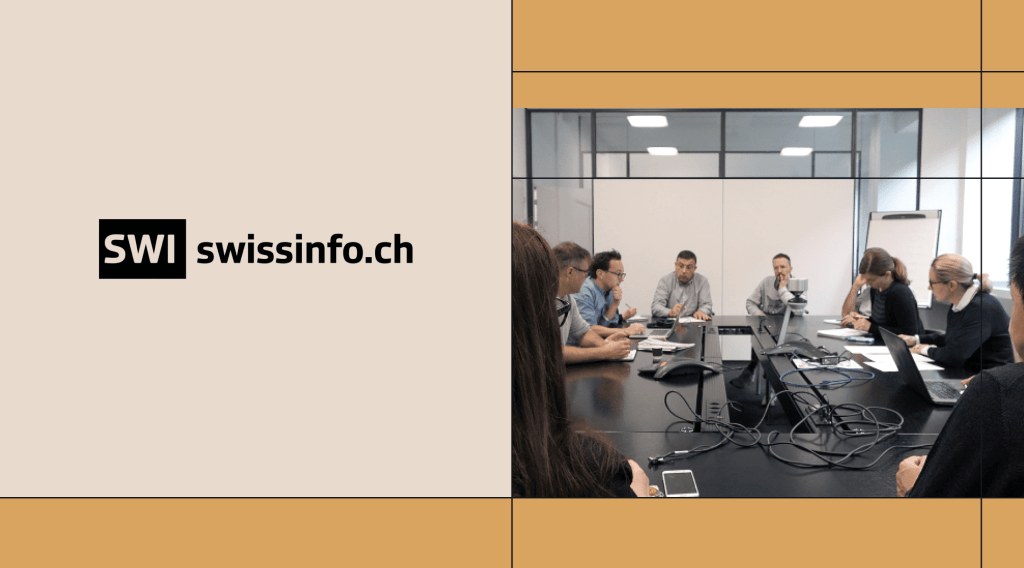SWI swissinfo.ch is the international service of the Swiss Broadcasting Corporation, bringing the “Swiss perspective” to audiences in 10 languages around the world through online storytelling.
“We’re very similar to the BBC World Service, just much smaller…In coverage and debates on our website or in conversations across social media platforms, we aim to reflect the diversity of a Swiss audience abroad, enabling understanding of Switzerland’s role in a global society.”
Veronica DeVore, Head of Audience at SWI
Key Challenges
- Linguistic diversity
- Article recirculation
- Changing how content is displayed
Key Results
- 1 million images, 300,000 articles migrated
- Auto-translation of content for 10 languages
- Better management of diverse content for a global audience
Challenges in delivering journalism to digital audiences
Like many media organizations and newsrooms at the intersection of tech and editorial, SWI found themselves severely limited by their content management system. Everything from implementing linguistic diversity and promoting article recirculation to displaying news content to audiences were digital challenges for SWI content creators and developers alike.
After researching options with the help of their technical implementation partner Syde, SWI began an 18-month migration to WordPress VIP, which was completed in February 2024.
Technological migration and challenges
SWI’s transition to WordPress VIP was a seamless yet complex process of migrating about 1 million images and 300,000 articles. The move was aimed at improving operational efficiency and addressing the multilingual nature of SWI’s audience.
“What’s special about SWI is that their WordPress is embedded in a system of microservices hosted on Amazon Web Services…making the project highly API-driven. Here, the WordPress REST API played a key part.”
Thomas Weichselbaumer, full stack developer at Syde
Innovative solutions for multilingual engagement
SWI content must be adapted into many languages, starting with an original version and then up to nine additional language versions. The ability to transcend language barriers was also key to enabling discussions among SWI readers. “We wanted to offer our audiences the ability to discuss or debate topics that we cover with our journalists, in multiple languages” says DeVore.
Addressing the challenge of engaging diverse audiences, SWI implemented a multilingual WordPress plugin and an AI-driven commenting system. This setup not only facilitates content management across different languages but also enhances user interaction by synchronizing and translating comments in those languages.
The innovative use of AI to manage and translate user comments reflects a forward-thinking approach to global audience engagement, ensuring inclusivity and interaction regardless of language barriers.
“It’s very easy for our journalists to automatically create article translations right in the blog editor…I really like that. For example, when someone posts a comment on the English site, we translate it into all languages. In-CMS translation options make our workflows easier.”
Veronica DeVore, Head of Audience at SWI
Content engagement strategies, including article recirculation
“So many of our international readers find us via search, via social,” says DeVore. “The big question is how do we keep them interested in what we have and show them more once they’re with us?”
To increase user engagement by driving further readership, SWI deployed interactive widgets that dynamically display the most watched videos and deeply read stories by visitors. Leveraging the Parse.ly Content API, these widgets attract and retain user attention by highlighting and surfacing engaging and evergreen content based on what users are consuming.
“We borrowed one widget, Deeply Read, from The Guardian,” says DeVore. “They did a metric that we liked, which shows not only how often people click on something, but in fact how much time they’re spending with that piece of content.”
Customization and flexibility in content management
Migrating to WordPress enabled SWI to develop custom blocks for their website, making it easier for content creators to arrange content on their homepage and other key pages. Further, this robust customization enhances the site’s navigability and aesthetic appeal.
“To allow SWI to quickly arrange content on a new page, especially the front page and showcase the most important articles, we developed a range of custom blocks called ‘teaser blocks’ with different layouts…They make it very flexible to compose the front page.”
Thomas Weichselbaumer, full stack developer at Syde
Examples like these underscore the importance of flexibility in content management systems. SWI and Syde were able to imagine a way to deliver content—and then build it exactly the way they wanted with those custom blocks.
It’s a case study in how media organizations can tailor their digital presence to better meet editorial needs and user preferences alike.
All the news that’s fit to translate
Underscoring the importance of technological adaptability in today’s media landscape, the migration to WordPress, and WordPress VIP, while challenging in scope, was crucial for SWI to better manage diverse content and cater to its global audience.“The actual rollout, switchover, and teaching journalists [how to use the new CMS] was very smooth,” DeVore said. “We now can showcase our best work every day.”
Note: SWI presented this case study as part of their presentation “Connecting Cultures at SWI—The Journey to International Audience Engagement” at WordCamp Europe 2024 in Torino, Italy. See the recording of their presentation below:

